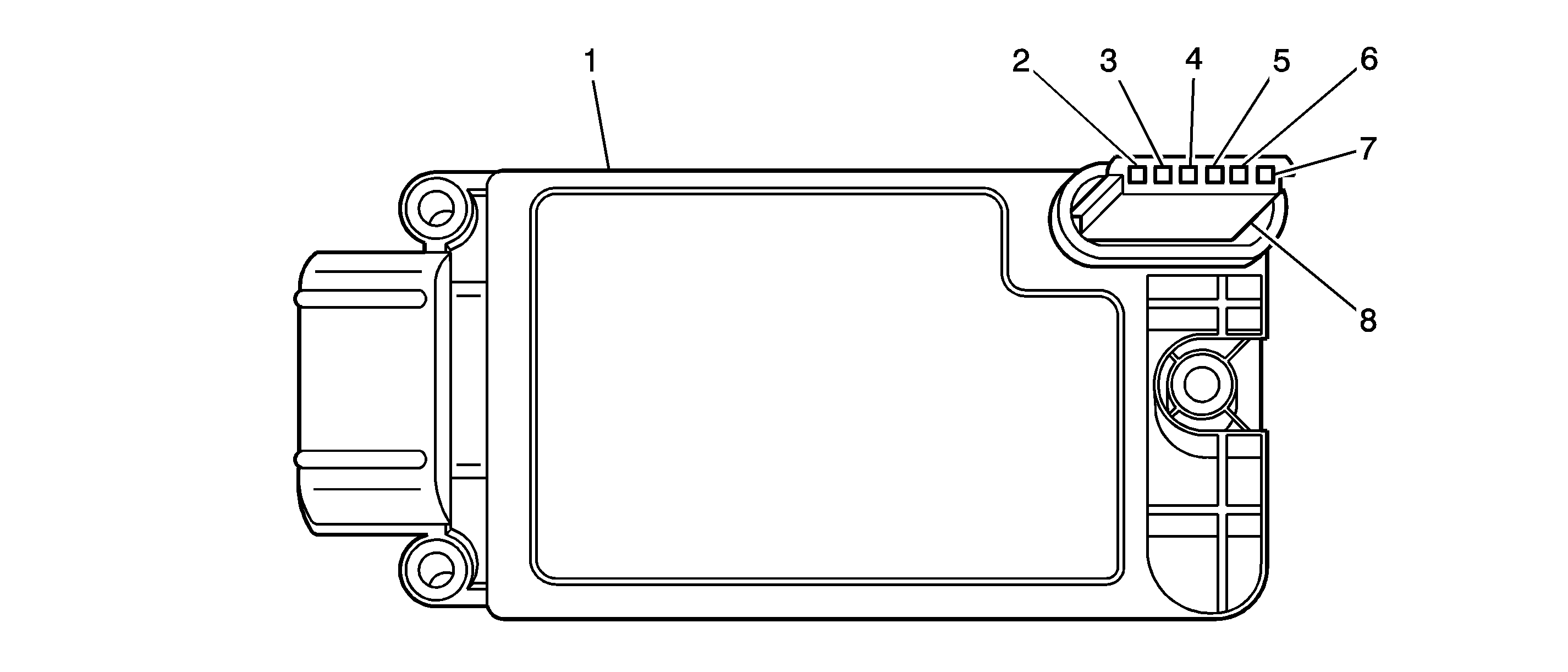The electronic ignition (EI) system is responsible for producing and controlling a high energy secondary spark. This spark is used to ignite the compressed air/fuel mixture at precisely the correct time. This provides optimal performance, fuel economy, and control of exhaust emissions. This ignition system uses one coil for each pair of cylinders. Each pair of cylinders that are at top dead center (TDC) at the same time are known as companion cylinders. The cylinder that is at TDC of its compression stroke is called the event cylinder. The cylinder that is at TDC of its exhaust stroke is called the waste cylinder. When the coil is triggered both companion cylinder spark plugs fire at the same time, completing a series circuit. Because the lower pressure inside the waste cylinder offers very little resistance, the event cylinder uses most of the available voltage to produce a very high energy spark. This is known as waste spark ignition. The ignition coil/ICM assembly is mounted in the center of the engine camshaft cover, with short boots connecting the coils to the spark plugs. The coil driver modules within the ignition control module (ICM) are commanded ON/OFF by the engine control module (ECM).
Crankshaft Position (CKP) Sensor
The CKP sensor is a permanent magnet generator, known as a variable reluctance sensor. The CKP sensor produces an AC voltage of different amplitude and frequency. The frequency depends on the velocity of the crankshaft. The AC voltage output depends on the crankshaft position and the battery voltage. The CKP sensor works in conjunction with a 7X reluctor wheel attached to the crankshaft. The CKP sensor produces seven pulses for each revolution of the crankshaft. The pulse from the 10-degree notch is known as the sync pulse. The sync pulse is used to synchronize the coil firing sequence with the crankshaft position. The CKP sensor is used for ignition timing, the fuel injector timing, misfire diagnostics and tachometer display. The CKP sensor is connected to the ECM by a signal circuit and a low reference circuit.
Crankshaft Reluctor Wheel
The crankshaft reluctor wheel is part of the crankshaft. The reluctor wheel has seven machined notches, six of which are equally spaced 60 degrees apart. The seventh notch is spaced 10 degrees after one of the 60-degree notches. The 10-degree notch is used to synchronize the engine position, while the other notches are used to provide cylinder location during a revolution.
Ignition Control Module (ICM) and Ignition Coils

